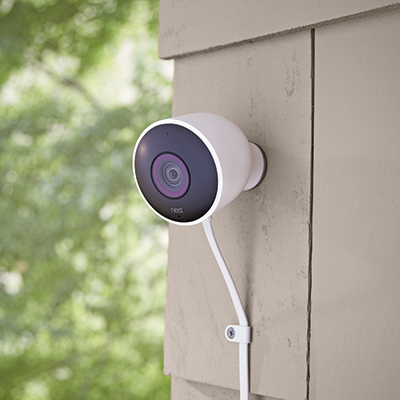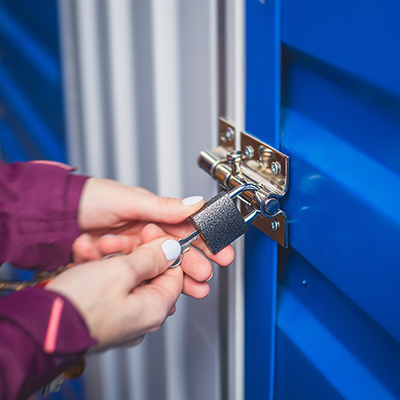How To Install Window Locks
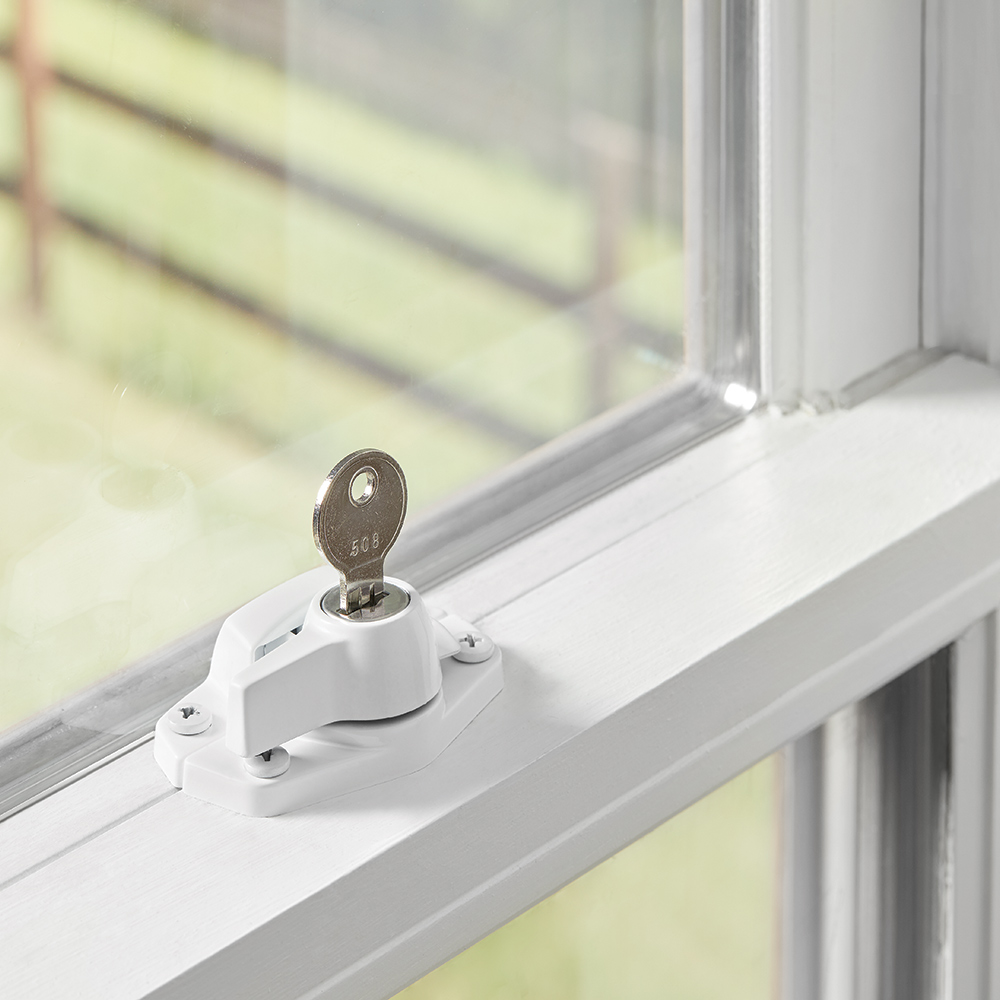
Last updated September 7, 2023
A window lock system is an effective deterrent against intruders. Window locks range from simple latches and key locks to the latest in security technology. If the sliding or double-hung windows use standard window latches, it may be time for a security upgrade.
This guide covers how to install window locks and highlights some of the most common types of locks.
Difficulty:
Beginner
Duration:
Under 2 hours
Table of Contents
Gather Tools and Materials
Remove Existing Window Latch
Place the Window Lock
Drill Holes for the Lock
Screw in the Lock
Types of Locks with Keys
Gather Tools and Materials
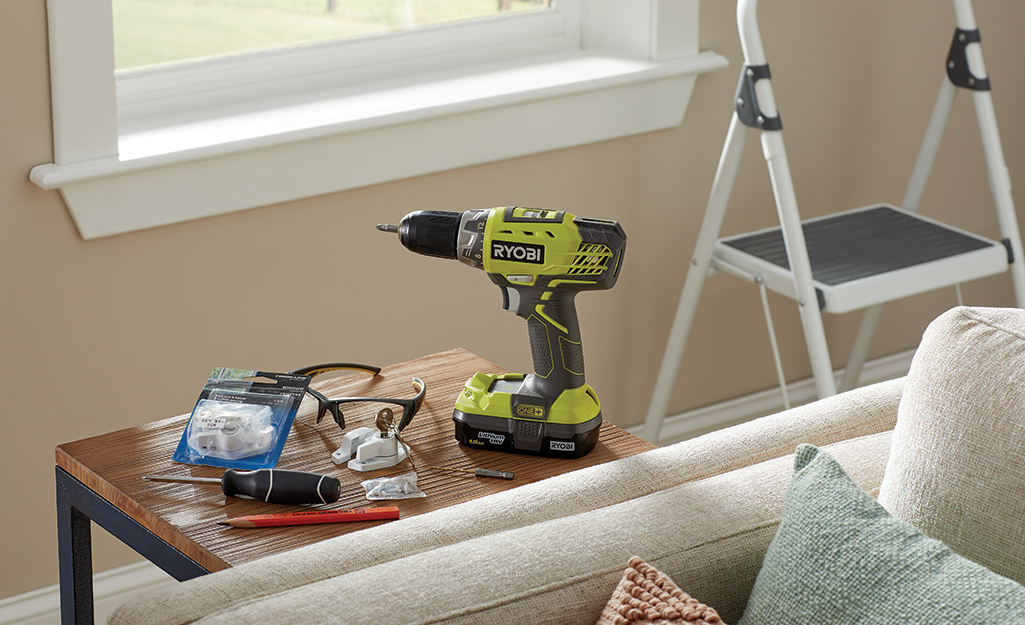
This project focuses on how to install a key lock. Before you get started, get the tools and materials together. You will need:
Tools:
- Drill
- Drill bits
- Screwdriver
- Safety glasses
- Stepladder
Materials:
- Window lock with a key
- Screws
- Pencil
Note: Before you install the lock, check to make sure the key that came with it works. Use the key to turn the window lock several times. If the key doesn’t match the lock for some reason, don’t install it.
Remove Existing Window Latch
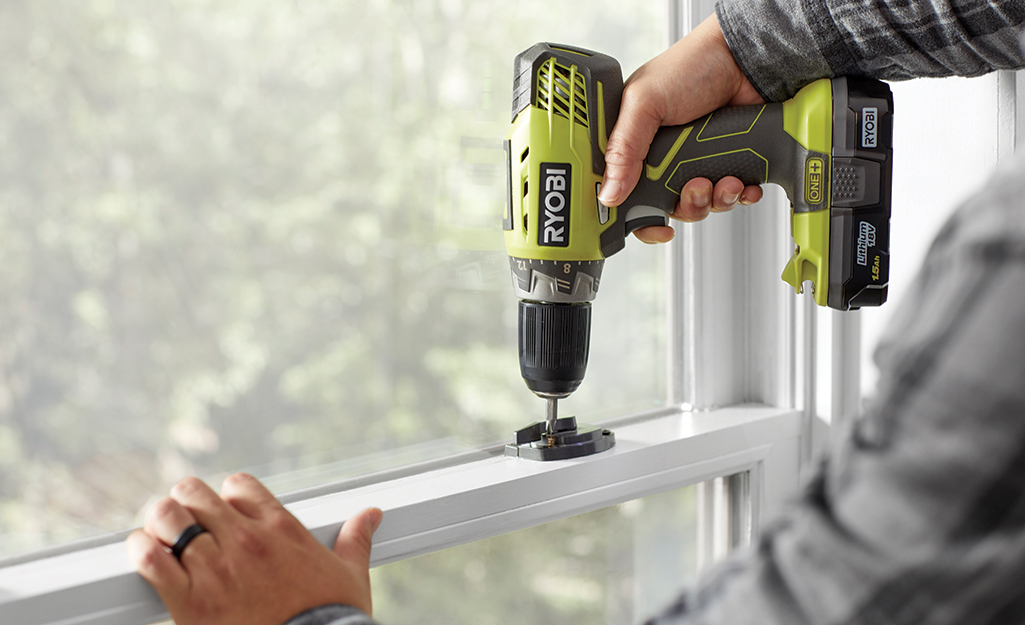
Before installing the window lock, remove the existing latch from your window. You can use a screwdriver or a power tool to loosen the screws. Once the screws are loose, take the latch off the window frame. If the window latch has been painted over, you may need to chip some of the paint away to get to the screws.
Place the Window Lock
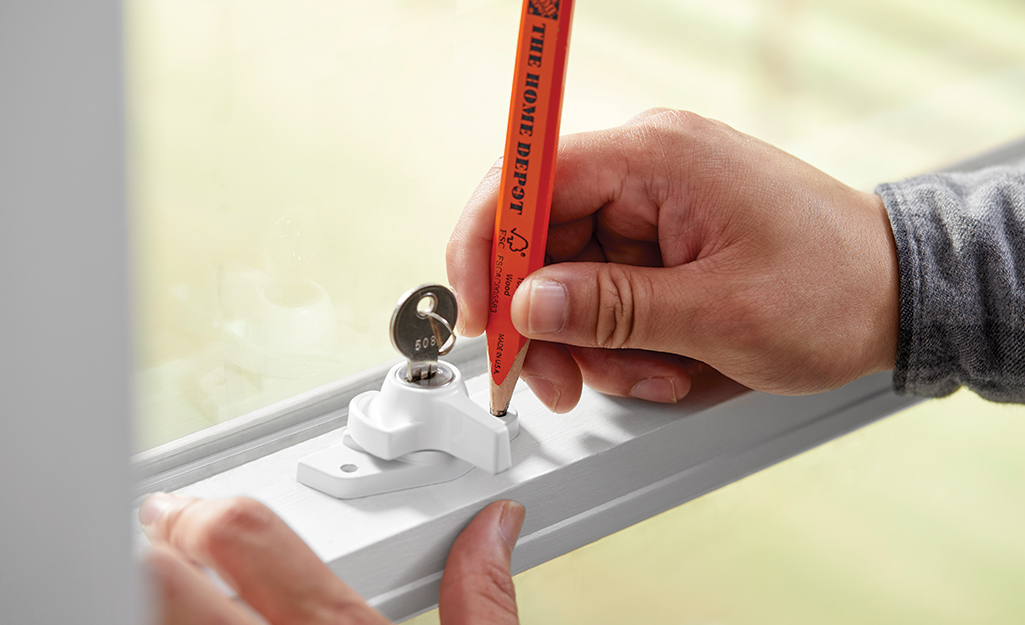
Take the window lock out of the package. Read the manufacturer’s instructions that came with the lock you selected.
Place the lock where you want to install it on the window frame. Putting it in the same spot as the previous latch will cover up any flaws left on the window frame. Make sure the new lock sits in a position to actually lock the window.
Use a pencil to mark the placement. The point of the pencil should fit into the screw holes of the lock, allowing you to make dots on the window frame.
Drill Holes for the Lock
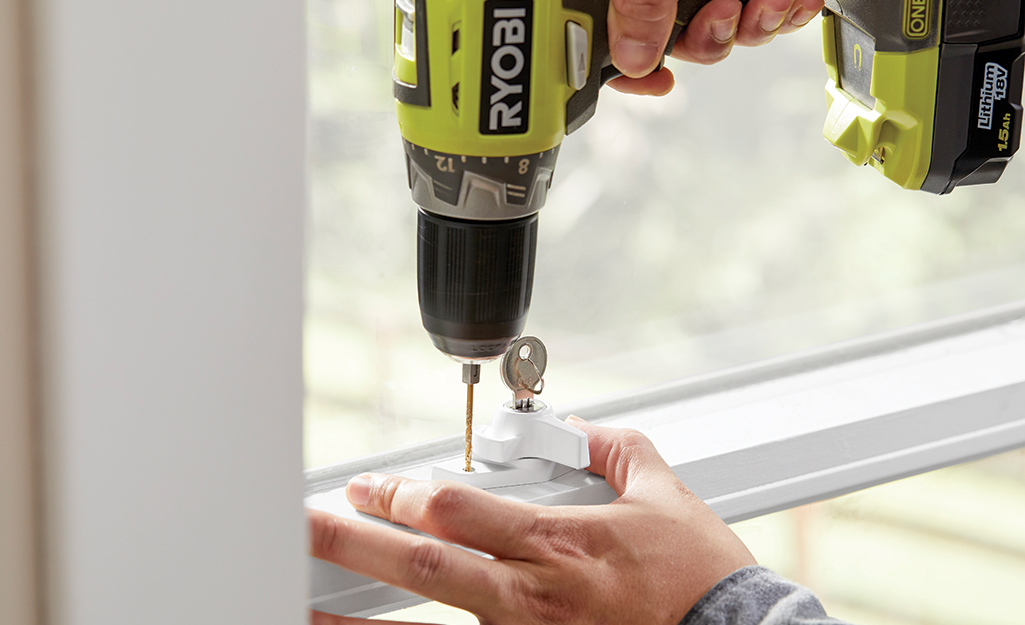
Holding the lock in place, drill holes for the screws. Use a drill bit that will fit through the screw holes on the lock. Wear safety glasses while drilling.
Screw in the Lock
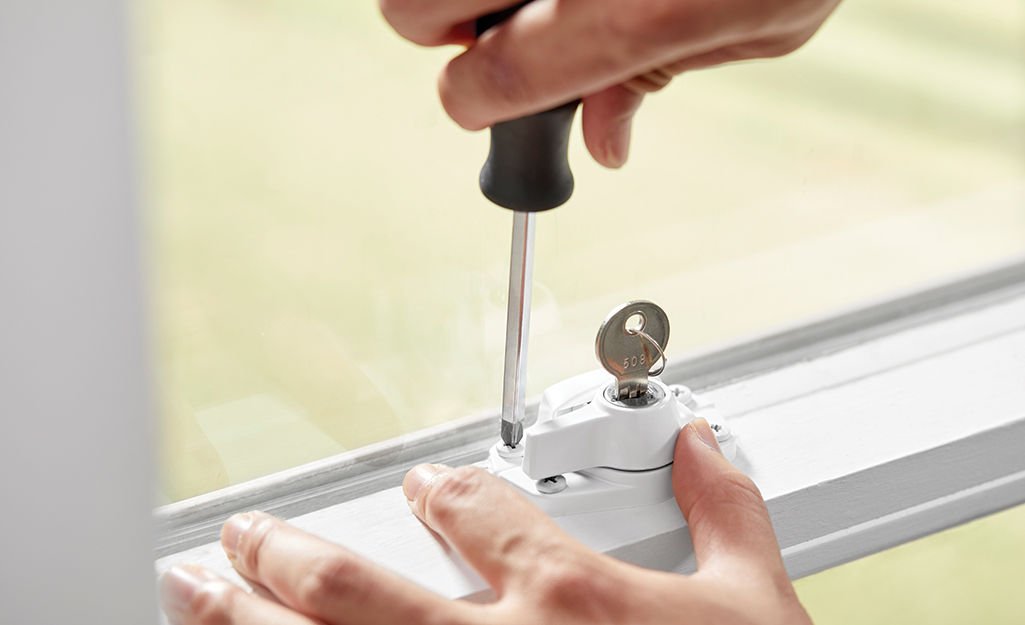
Use a screwdriver to tighten a screw into each mounting hole on the lock.
Once the lock is installed, test it to see how it works. Find a safe place to keep the key. Ideally, keep the key within easy reach in case you need to unlock the window quickly in an emergency.
Types of Locks with Keys
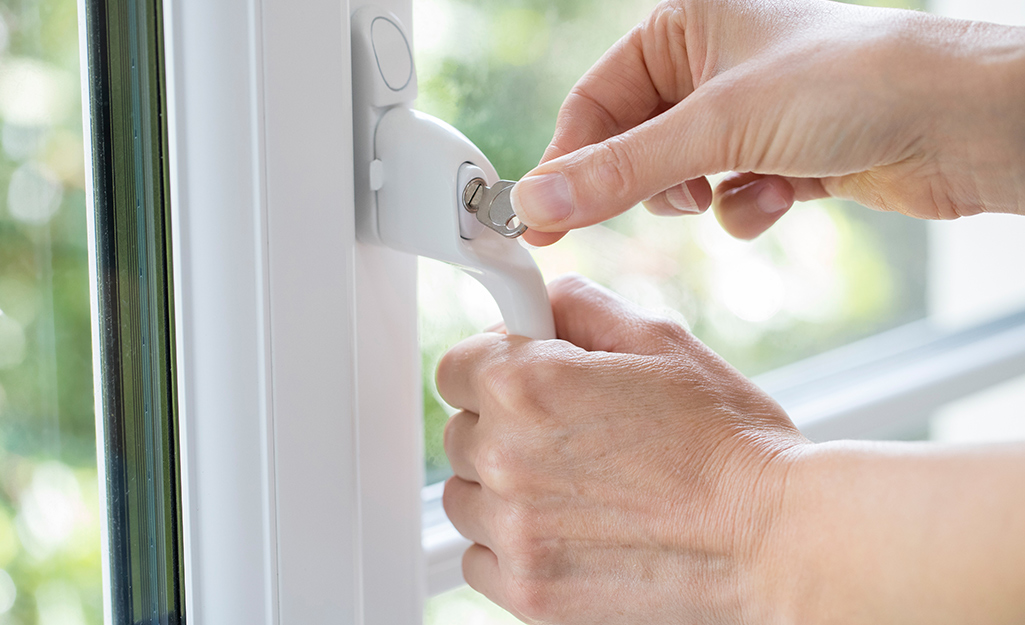
Key Locks for Sliding Windows: Casement windows can be closed with a bolt and door-like device that operates with a key. Screw the lock to the window and slide the bolt into the metal cup that mounts to the windowsill.
Key Track Stop: A key track stop is a window lock that you can attach anywhere on the track. Position it on the track to lock the window shut or open it slightly to enable ventilation and maintain safety.
Keyed Turnbuckle: A keyed turnbuckle can replace the normal window latch, and you’ll need a key to open the window. A squeeze of the lever allows you to open the window latch when it is unlocked.
Types of Locks without Keys
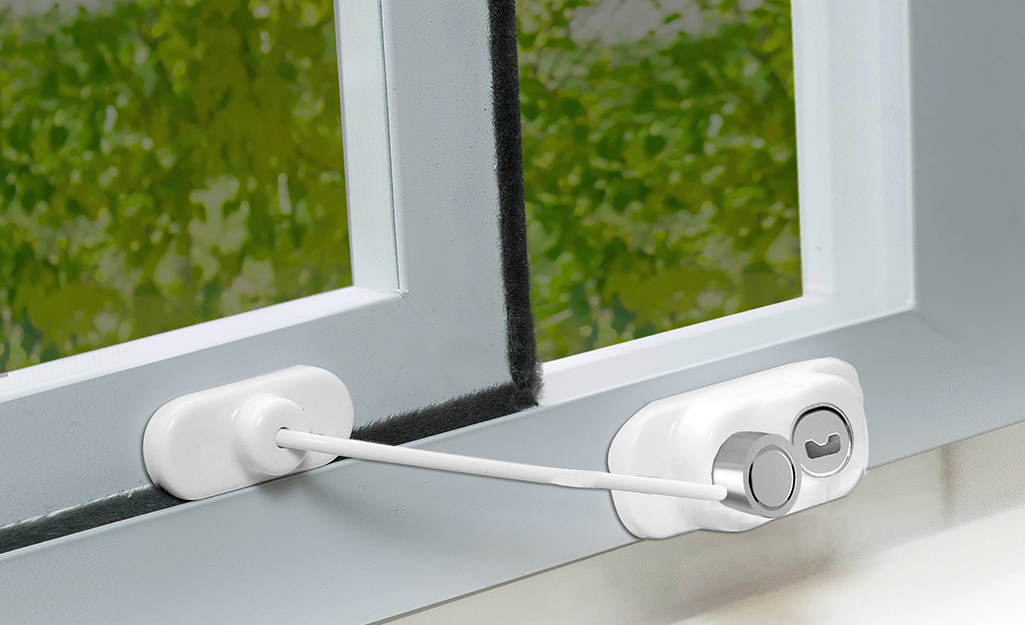
Lock with a Stop:
- Several companies make locks for sliding windows. A stop on this lock slips over the window track. Most of these types of window locks can be inserted over the tracks without the need for screws or other hardware.
- Turn the lever one way to lock the window and turn it the other way to allow it to slide. Other locks use a thumbscrew instead of a lever.
Ventilating Locks: These locks screw to the side of the top sash about an inch above the meeting rail. When the pin is positioned, it allows you to open the window until the pin strikes a plate screwed into the other sash. Slide the pin around the corner and you can raise the window fully.
Hinged Wedge Lock:
- A hinged wedge lock prevents a double-hung window from being raised. Some versions are made of plastic, but metal wedge locks are the most secure.
- Choose a position for the wedge that lets you open the window enough to get fresh air, then drill the wedge into the window track. When the lock is in place, the window can only be opened as far as the wedge. When the wedge is swung out of the way, the window opens freely to any height.
Locking Pin for Double-Hung Windows: You can install a locking pin attached to a chain to secure double-hung windows. To install, drill a hole for the pin into the sash. Attach the bracket on the other end of the chain to the window frame. Some locking pins drive in and out using a special key.
Drive In a Screw: One effective window locking option doesn’t involve using a lock. Drive a screw into the top of the upper track to keep intruders from lifting a gliding window out of its track. To keep the window from sliding, drive a screw horizontally through the track.
Knowing how to install window locks allows you to add another level of security to your home. Replacing the existing window latch or lock is typically not very difficult. For many window locks, you may only need a drill or screwdriver for installation.
Need help identifying a tool or material for installing window locks? Download The Home Depot Mobile App and find products to buy fast with image search. Snap a picture of an item you'd like to buy and find related products.
